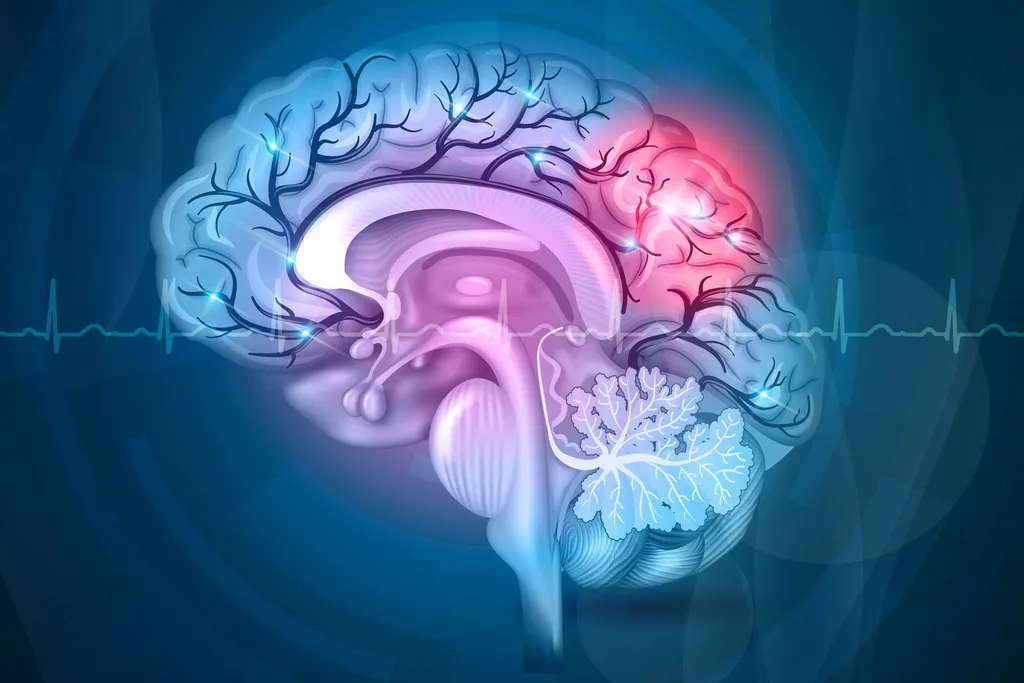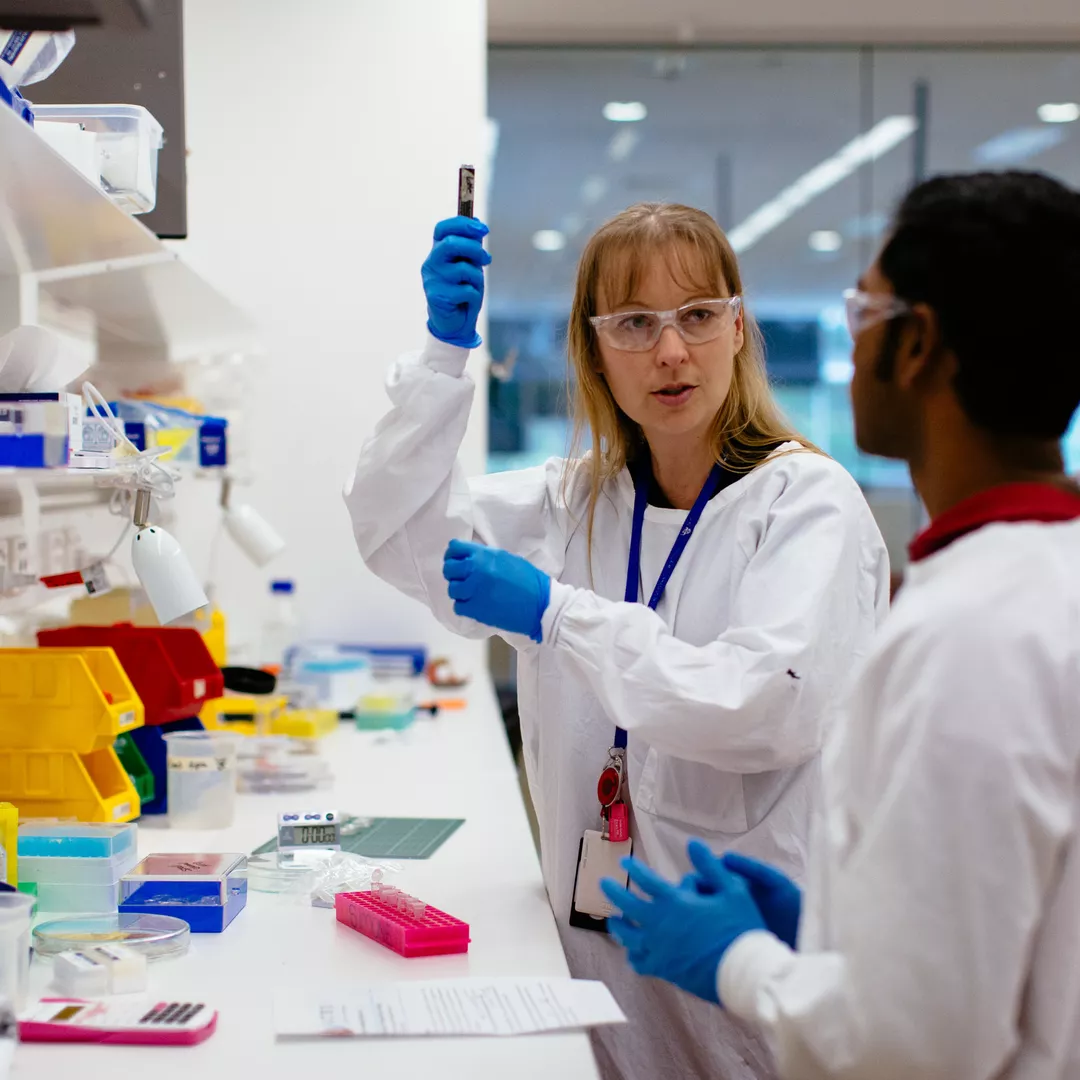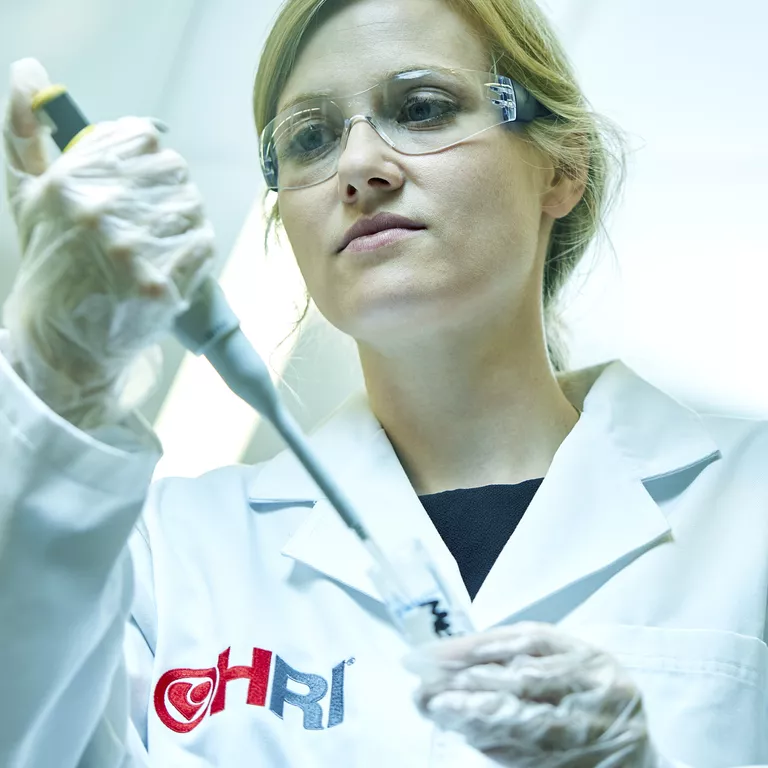The facts
Stroke occurs when the blood supply to the brain is cut off, starving brain cells of oxygen and important nutrients, resulting in impacted areas of the brain dying. The most common cause of stroke is a blood clot obstructing blood flow, known as an ischaemic stroke.
There are more than 100,000 strokes in the UK each year, and over 1.3 million people in the UK are living with the effects of stroke or transient ischaemic attack (mini-stroke). Stroke can occur without warning at any age, causing a range of disabilities and impacting family and friends.

Existing stroke treatment
Since its approval for use in 1996, there has only been a single drug available to treat ischaemic stroke (caused by blood clot). The administration of tPA to patients suffering stroke, referred to as "thrombolysis", has a range of side effects, meaning only 10 per cent of stroke sufferers are deemed eligible to receive this treatment.
This leaves 90 per cent of stroke survivors without options.
Patients ineligible to receive tPA either get to the emergency room too late, or are taking other medications that cannot be combined with tPA for fear of causing bleeding in the brain. Even more frustrating for those who receive tPA, successful clot removal occurs in less than 50 per cent, with blood clots reforming in up to 30 per cent of treated patients.
HRI's scientific breakthrough
The Thrombosis Group at HRI is developing a revolutionary new class of anti-clotting drug that could improve the quality of life for thousands of stroke sufferers, when combined with the existing stroke therapies.
Led by Professor Shaun Jackson, the group has confirmed the effectiveness of its drug in pre-clinical laboratory studies, and demonstrated the safety of its drug in healthy humans through Phase I clinical trials. Now, the group is working towards implementing Phase II Clinical trials – testing the effectiveness of its drug on stroke patients.
This means that over the next decade, healthcare professionals in around the world could have a better treatment for stroke in market.
Our new drug, when combined with existing treatment, not only dissolves the blood clot better, it also reduces the ability of the clot to re-occur. Importantly, it does this without increasing bleeding risk. With the successful completion of Phase II clinical trials, we could proceed to developing our drug commercially.
What can you do to help?
HRI needs just AUD$2 million in funding to realise its groundbreaking research.
Additional funding will help researchers test the new drug’s effectiveness on stroke survivors, moving research into the next phase and closer to increasing stroke survivors’ quality of life. You can help us develop this new clot-busting drug to treat stroke by donating today.


